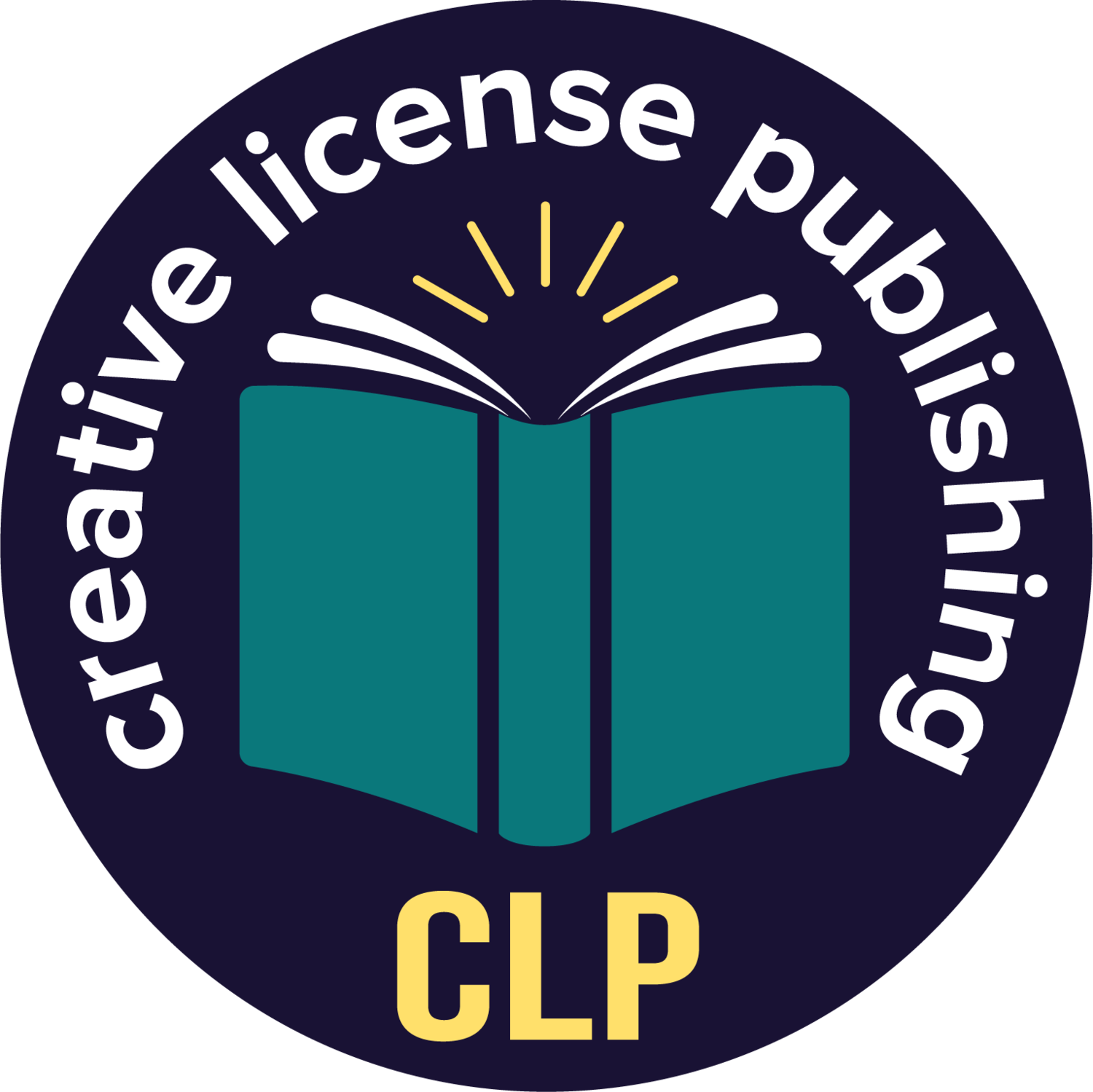Critiques Versus Edits - Why You Need Both
Celeste Chin
Your book is written, you’ve read all the blogs and posts on how to self-publish, you’ve accepted that you may have missed a few technical things here and there, but you upload your masterpiece anyway. You say to yourself, “Some mistakes or errors I may have missed aren’t a problem.” That is until you’re weeks in and still seeing the total number of books sold as three and you know the buyers: Grandma, cousin Marcia and your friend Walter, who you know bought it out of loyalty because he hasn’t read a book since he discovered Spark Notes in high school. Where did you go wrong, you ask? You’re on social media all day putting it out there but nothing–it’s crickets. And although your three loyal purchasers are giving you accolades, you know you missed something along the way.
As I was writing my forthcoming book, Beyond the Scoreboard with Dr. Nick Molinaro, it occurred to me that more than editors, I needed to see our book in the hands of our target readers and get a sense of their reactions to what we had to say. Did we effectively communicate Dr. Nick’s sport psychology, did we provide the right examples for an ease of understanding, and most importantly did we capture and keep the reader’s interest? Let’s face it, if we fail to capture and keep the reader’s interest then we can kiss away any hope of being a “must read” among our target market. What good is all that effort, time, research and writing if nothing gets read? It’s the nightmare of all writers. So how do we bridge the gap of nightmare to a dream realized? Cue the curtains and in walks the critical steps for any quality read: target reader critiques and professional editing.
First, critiques are different from edits and the distinction must be made. Before we get to the editing phase, writers should have their work critiqued. These reviews are done by writers, editors, and readers, who will read your manuscript as if they were nestled in their comfy chair, cup of tea steaming next to them, as they crack open the new cover of your latest bestseller. They will have the same level of expectations, excitement and open-mindedness as any reader holding the latest “must read.” But these readers will answer the following questions: is it engaging, do I connect with these characters, does it make sense, is there flow, do I want to keep going or am I nodding off from boredom, was the plot predictable or unexpected, did I feel the journey or simply find it nice but not a page turner? These readers won’t be editing for grammar, structure, punctuation or accuracies in information–that’s the editorial job. But what they will do is read it as your readers will and they will let you know where you hit the mark and where you missed and how you might rethink it. Given that there may be some overlap with your developmental editor, if errors get caught in the critique stage it could reduce the work for your editor, and thus reduce editing costs which are far more expensive than a reader’s critique.
I caution you: many services like Writer’s Digest offer critiques by other writers. But what they don’t ask you when you sign up for their service is who you are writing for. They fail to match their readers with the genre that the reader will review. You could send a manuscript in for a critique and the writer reading it could be a science fiction lover and you just gave him a romance novel–how effective will that review be? But if you put that book in the hands of a romance novel reader, their feedback will automatically have more weight and importance–your money spent wisely. Money is always a factor and for my money, a target reader critique is a low cost, high reward scenario if done by the right service. Very few if any, other than CLP, makes the match between reader and writer based on genre as well as allow pricing that can encompass more than one reader without breaking your bank.
So then why do you need an editor or editors if you have a reader or readers critique your manuscript? Editors are critical to catch the mechanical errors, such as punctuation, grammar, word usage, sentence structure, formatting issues along with gaps, inconsistencies and overall what makes sense and what doesn’t. There is some overlap, but again, if that overlap is adjusted in the critique phase then your editor’s time will be cut down significantly and we all know, time is money.
In the end, whether you send your manuscript out to mainstream publishing or you decide to self-publish, determine your market reaction first and follow it up with editing. Go forward knowing your work will capture your reader’s interest, keep it throughout and not be riddled with errors. You’ve got one shot at making your story come to life and be that “must read”, so don’t neglect the assurance of knowing how your target market will react to it.
